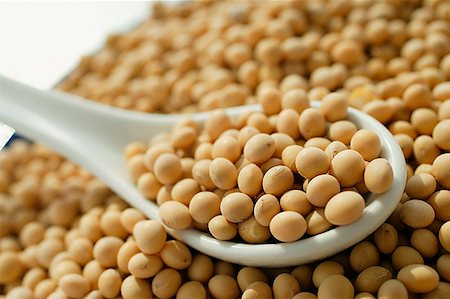Porto Alegre, December 5, 2023 – The planting of the new Brazilian soybean crop registered better progress in the period between November 25 and December 1. The more regular climate allowed for the good progress of farm machines in the country’s main growing states, which helped to bring about some recovery from accumulated delays at national level. In any case, work remains behind the five-year average for the period.
According to research carried out by SAFRAS & Mercado, through November 30, Brazilian growers had sown 83.3% of the total area expected for the country in the 2023/24 crop. The percentage is equivalent to approximately 37.988 mln hectares sown, out of a total of 45.619 mln hectares estimated for planting. In the previous week, the percentage was 75.1%, while in the same period of the previous year the percentage was 91.9%. The five-year average for the period is 92.2%.
In Rio Grande do Sul, out of an expected total area of 6.6 mln hectares, 51% were sown, or the equivalent of approximately 3.366 mln hectares. In the previous week, the percentage was 26%. In the same period last year, the percentage was 74%, while the five-year average for the period is 77.8%.
In Paraná, 98% of the area destined for soybeans were sown. The percentage is equivalent to approximately 5.782 mln hectares planted, out of a total of 5.9 mln hectares estimated for the state. The previous week, the percentage was 96%. In the same period last year, the percentage was 99%, while the five-year average for the period is 99.6%.
In Mato Grosso, out of an expected total area of 12.23 mln hectares, 99% have already been sown, equivalent to approximately 12.108 mln hectares. The previous week, the percentage was 99%. In the same period last year, the percentage was 100%, while the five-year average for the period is 99.8%.
In Mato Grosso do Sul, out of a total area estimated at 4.28 mln hectares, 99% were sown, or the equivalent of approximately 4.237 mln hectares. The previous week, the percentage was 98%. In the same period of 2022, the percentage was 100%, while the five-year average for the period is 99.8%.
In Goiás, of an expected total area of 4.7 mln hectares, 87% were sown, or approximately 4.089 mln hectares. The previous week, the percentage was 78%. In the same period last year, the percentage was 97%. The five-year average for the period is 97.8%.
In São Paulo, out of a total area estimated at 1.4 mln hectares, 85% were sown, equivalent to approximately 1.190 mln hectares. The previous week, the percentage was 72%. In the same period of the previous year, the percentage was 90%. The five-year average for the period is 96.2%.
In Minas Gerais, out of an expected total area of 2.2 mln hectares, 80% were sown, or the equivalent of 1.76 mln hectares. The previous week, the percentage was 70%. In the same period of the previous year, the percentage was 97%, while the five-year average for the period is 97.8%.
In Bahia, out of a total area estimated at 2 mln hectares, 85% were sown, or approximately 1.7 mln hectares. The previous week, the percentage was 65%. In the same period last year, 90% had been sown. The five-year average for the period is 89.8%.
Climate maps now point to a period of greater moisture over most of the country’s main growing states between December 2 and 8. The highest accumulations are again expected for the states in the South Region, while in the Northeast there must be little moisture. In the Midwest, the highlight is the forecast of good accumulations for the state of Mato Grosso, where the main problems of this season are concentrated.
In the period between December 9 and 15, forecasts point to a situation very similar to that of the previous week, although the accumulations should be a little lower in the states in the center and northern half of the country.
Follow the Safras Agency on our website. Also follow us on our Instagram and Twitter and stay on top of the main agribusiness news!
Copyright 2023 – Grupo CMA

